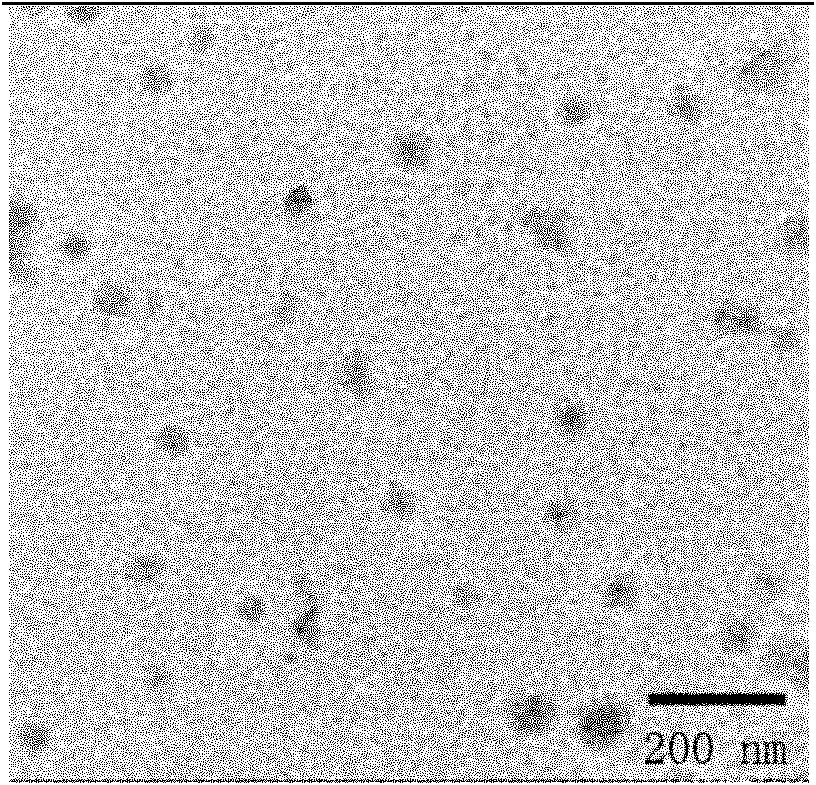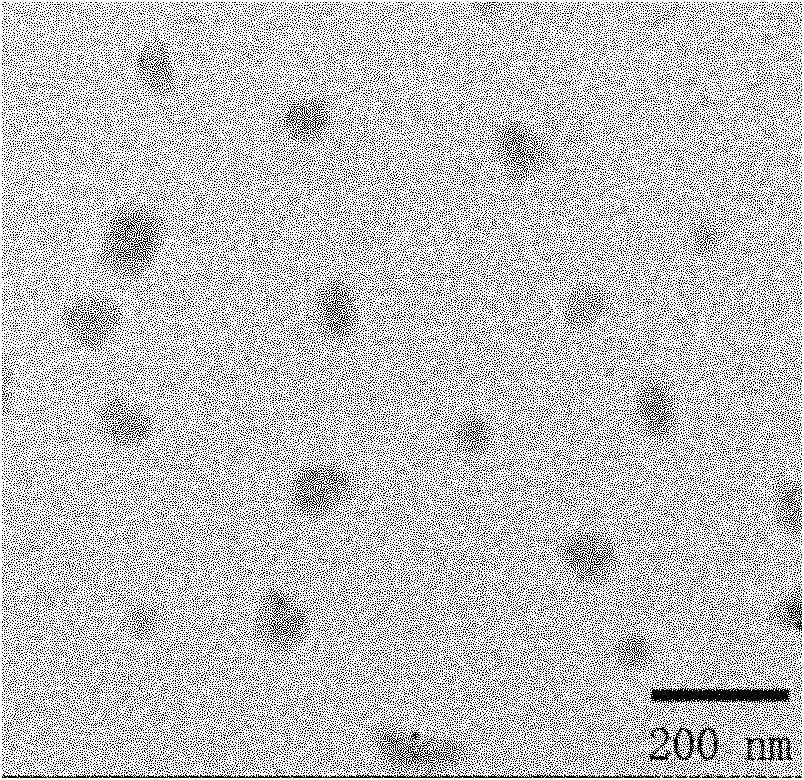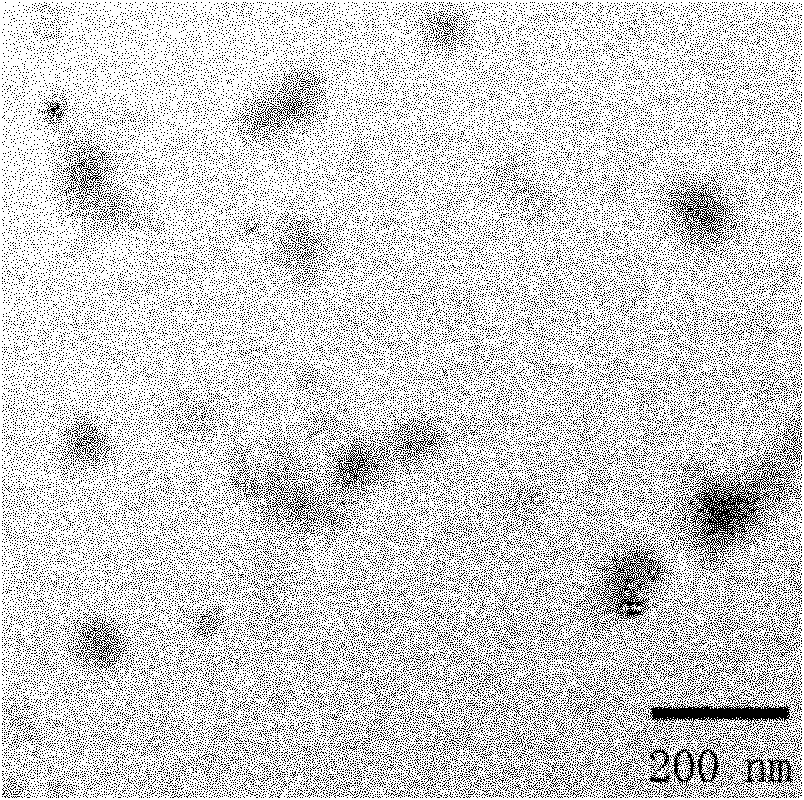Preparation method of alkali resistant waterborne polyurethane emulsion
A water-based polyurethane and alkali-resistant technology, which is used in the preparation of alkali-resistant water-based polyurethane emulsions, can solve the problems of few types of polyols, difficult to produce stably, high price, etc. The effect of increasing the flexural strength
- Summary
- Abstract
- Description
- Claims
- Application Information
AI Technical Summary
Problems solved by technology
Method used
Image
Examples
Embodiment 1
[0036] Vacuum dehydrate PPG1000, 1,4-butanediol and DMPA respectively at 100-150°C to ensure that the water content is less than 0.5%. Molecular sieve impregnation dehydration treatment.
[0037] At 60°C, 60 parts by mass of MDI and 20 parts by mass of acetone were added to the reaction vessel, and then a mixture of 70 parts by mass of PPG1000 and 0.065 parts by mass of T-12 was added dropwise within 30 minutes, and the reaction was kept for 3 hours. Then 13 parts by mass of DMPA and 20 parts by mass of acetone were added to react for 1 h; then 0.66 parts by mass of 1,4-butanediol was added dropwise within 20 min and reacted for 1 h. Finally, 6.7 parts by mass of EHA was added dropwise within 20 minutes, and reacted for 1 hour. Wherein, NCO / OH=1.02 in this step reaction.
[0038]After the reaction was completed, the temperature was lowered to 40°C, and 9.8 parts by mass of triethylamine was added dropwise within 20 minutes for neutralization, stirred for 10 minutes, and the...
Embodiment 2
[0041] Vacuum dehydrate PPG1000, 1,4-butanediol and DMPA respectively at 100-150°C to ensure that the water content is less than 0.5%. Molecular sieve impregnation dehydration treatment.
[0042] At 70°C, 60 parts by mass of MDI and 20 parts by mass of acetone were added to the reaction vessel, and then a mixture of 50 parts by mass of PPG1000 and 0.11 parts by mass of T-12 was added dropwise within 30 minutes, and the reaction was kept for 3 hours. Then 8.8 parts by mass of DMPA and 10 parts by mass of acetone were added to react for 1 hour; then 2.8 parts by mass of 1,4-butanediol was added dropwise within 20 minutes and reacted for 1 hour. Finally, 12 parts by mass of EHA was added dropwise within 20 minutes, and reacted for 2 hours. Wherein, NCO / OH=1.2 in this step reaction.
[0043] After the reaction is completed, cool down to 40°C, drop 6.6 parts by mass of triethylamine in 20 minutes for neutralization, stir for 10 minutes, then slowly add the prepolymer solution to...
Embodiment 3
[0046] Vacuum dehydrate PPG1000, 1,4-butanediol and DMPA respectively at 100-150°C to ensure that the water content is less than 0.5%. Molecular sieve impregnation dehydration treatment.
[0047] At 60°C, 60 parts by mass of MDI and 30 parts by mass of acetone were added to the reaction vessel, and then a mixture of 80 parts by mass of PPG1000 and 0.3 parts by mass of T-12 was added dropwise within 30 minutes, and the reaction was kept for 3 hours. Then 9 parts by mass of DMPA and 20 parts by mass of acetone were added to react for 1 h; then 0.26 parts by mass of 1,4-butanediol was added dropwise within 20 min to react for 0.5 h. Finally, 5 parts by mass of EHA was added dropwise within 20 minutes, and reacted for 2 hours. Wherein, NCO / OH=1.3 in this step reaction.
[0048] After the reaction is completed, cool down to 30°C, drop 4 parts by mass of triethylamine in 20 minutes for neutralization, stir for 10 minutes, then slowly add the prepolymer solution to 250 parts by ma...
PUM
| Property | Measurement | Unit |
|---|---|---|
| fracture energy | aaaaa | aaaaa |
Abstract
Description
Claims
Application Information
 Login to View More
Login to View More - R&D
- Intellectual Property
- Life Sciences
- Materials
- Tech Scout
- Unparalleled Data Quality
- Higher Quality Content
- 60% Fewer Hallucinations
Browse by: Latest US Patents, China's latest patents, Technical Efficacy Thesaurus, Application Domain, Technology Topic, Popular Technical Reports.
© 2025 PatSnap. All rights reserved.Legal|Privacy policy|Modern Slavery Act Transparency Statement|Sitemap|About US| Contact US: help@patsnap.com



